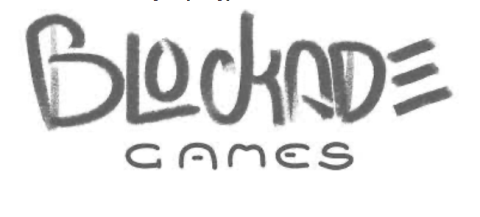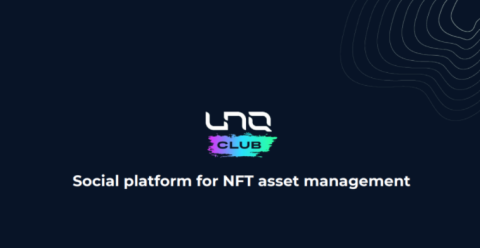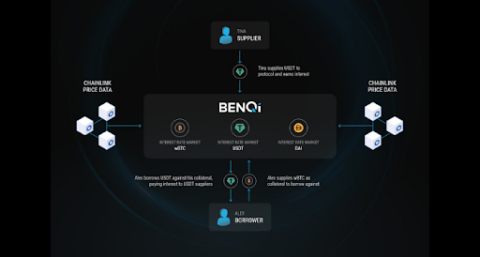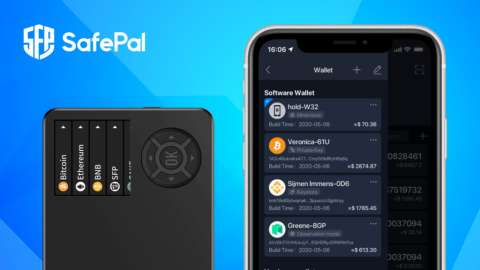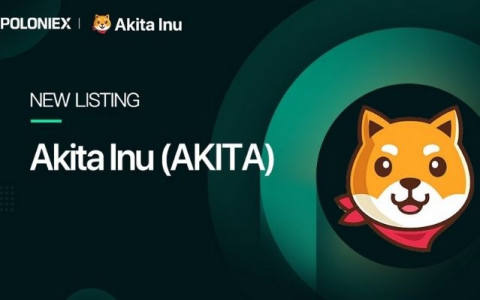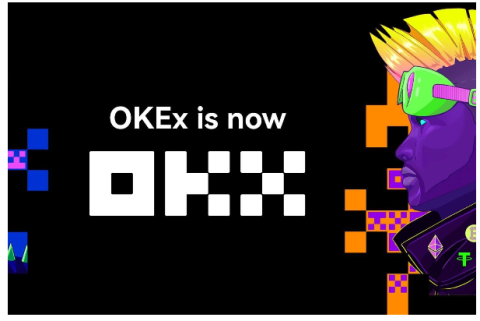What is thena? Discover the outstanding features of Thena and THE . token

Ngoài PancakeSwap, hệ sinh thái BNB Chain còn có một AMM khác có TVL đạt 150 triệu USD chỉ sau hai tháng ra mắt, dự án này được gọi là Thena.
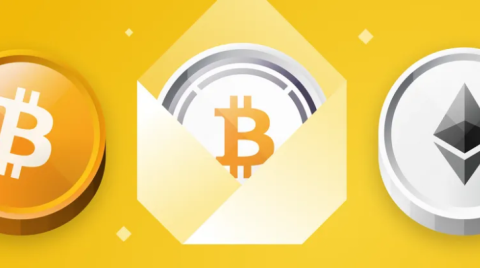
New investors entering the cryptocurrency market will not be surprised when they see tokens like WETH, WNEAR, WBNB or WBTC for the first time.
Not to mention that not being able to use BTC on Ethereum or ETH on Binance Smart Chain sometimes annoys you? So the problem is?
The crux of the problem is that different blockchain platforms are always independent and cannot interact with each other. The lack of cross-chain interoperability between blockchains has made it impossible for Bitcoin to work on Ethereum and vice versa.
Wrapped Tokens were created to overcome this limitation because they act as a bridge between blockchains. So what are Wrapped Tokens? Find out with TraderH4 right in the article below.
Wrapped Token is a cryptocurrency format whose value is tied to the value of another cryptocurrency in a 1:1 ratio. To put it simply, Wrapped Token acts as a bridge between different blockchains. It can circulate on another blockchain platform while its unencrypted version is incompatible.
As noted above, each blockchain is a separate system. Wrapped Token was born with the purpose of increasing cross-chain interoperability between blockchains and making transactions between blocks easier.
Wrapped Bitcoin (WBTC) – an encrypted version of Bitcoin on Ethereum can be used as an example so you can better understand how Wrapped Token works. WBTC is an ERC-20 token that is pegged to Bitcoin at a 1:1 ratio, allowing you to efficiently use BTC on the Ethereum platform.
For every Wrapped Token that exists, there needs to be an entity holding an equivalent amount of crypto assets. This entity can be a merchant, a specific digital signature, a DAO, or even a smart contract. In the case of WBTC, the entity is supposed to hold 1 BTC for every 1 WBTC minted and proofs of this reserve are live and public on-chain.
The process of creating Wrapped Token includes 2 steps as follows:
When there is a need to exchange WBTC back to BTC, the merchant sends a burn request to the entity and the BTC is released from the stockpile (aka unpacking).
While there are some investors who view Tether (USDT) as a Wrapped Token, this is incorrect. Wrapped Token's mechanism of action is to encapsulate cryptocurrency so that it can be transacted on the blockchain platform that the cryptocurrency itself is not compatible with. Meanwhile, investors use cash to buy USDT with each USDT valued at 1 USD. After that, Tether will create a similar USDT token for investors to buy, sell or exchange on exchanges. It would be more accurate to say that each USDT token acts as a wrapper version of the USD fiat currency.
Although Ether (ETH) is the native cryptocurrency of the Ethereum blockchain, it is not Ethereum's ERC-20 standard. Therefore, you cannot directly trade ETH for ERC-20 tokens without using a third-party conversion service.
To solve this problem, a consortium of Ethereum projects led by 0x Labs has created an ERC-20 compliant token called wrap ether (wETH or WETH). To generate WETH, you deposit ETH into a smart contract to lock it. The smart contract will then return WETH tokens at a 1:1 ratio. To redeem your locked ETH, you can send WETH back to the smart contract.
Just like Wrapped Tokens on Ethereum, you can package Bitcoin and many other cryptocurrencies for use on Binance Smart Chain (BSC).
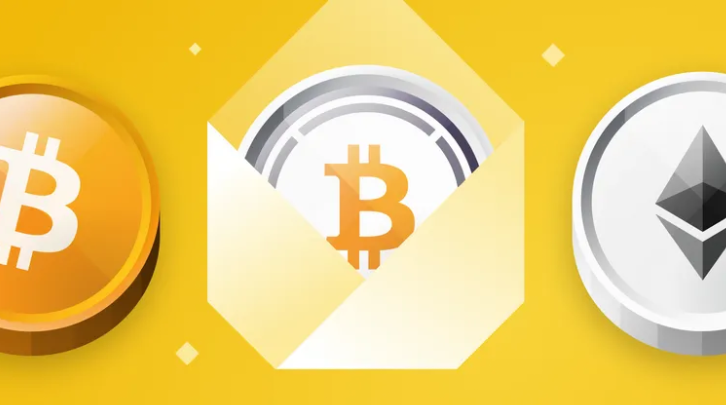
Binance Bridge allows investors to package their crypto assets (BTC, ETH, XRP, USDT, BCH, DOT…) for use on Binance Smart Chain as tokens according to BEP-20 standards. After listing your assets on the BSC exchange, you can trade or use them in various yield farming applications.
Advantage
Interoperability: The biggest benefit that Wrapped Token brings is interoperability. Unlike before, you can now spend your Bitcoins on Ethereum by wrapping them in WETHs. In general, Wrapped Token allows investors to use encrypted version tokens on platforms where the original version cannot be compatible.
Liquidity: Another benefit that comes with using Wrapped Tokens is that the capital efficiency of exchanges can be increased along with the liquidity of the asset, whether it is a centralized asset. (fiat money) or decentralized (cryptocurrency).
Transaction Fees: BTC is a cryptocurrency with many outstanding features, but it is not the fastest and most cost-effective transaction method. But with the WBTC version, when traded on other blockchain platforms, it will be less expensive, faster and still ensure the same value.
Defect
Custodianship: Although Wrapped Tokens are continuously improving in functionality, it still has to rely on a supervisory entity for guaranteed minting (wrapping) or burning (unpacking). Therefore, if there is an error from the entity, there is a high chance that the wrapping or unpacking process will also fail.
Centralization: The whole purpose of cryptocurrencies is to operate within a decentralized system. However, since Wrapped Tokens are issued by a custodian entity, it is safe to assume that they are trending towards centralization.
Mining cost: The packaging and opening of this token package requires a gas fee, so when the gas fee increases, the minting cost also goes up.
The above article has just shared with you all the information about Wrapped Token. Overall, the benefits of using Wrapped Tokens far outweigh the disadvantages. However, the cryptocurrency market always has unpredictable fluctuations, investors should still keep a cool head to have an objective view and make appropriate decisions. Don't forget to visit TraderH4 regularly for the latest and fastest news on exchange rates, charts, market capitalization.
Ngoài PancakeSwap, hệ sinh thái BNB Chain còn có một AMM khác có TVL đạt 150 triệu USD chỉ sau hai tháng ra mắt, dự án này được gọi là Thena.
Blockade Games provides a platform that allows developers to create blockchain games. In addition, Blockade Games also creates many interesting free games.
UNQ Club is a project that provides a blockchain platform that allows investors to collect and manage existing NFT assets.
BENQI is one of the important pieces of the Avalanche ecosystem. Join TraderH4 to find out what BENQI (QI) is as well as detailed information about the QI token.
In addition to a cryptocurrency storage wallet, SafePal is also known to many investors for its SFP tokens and airdrop events with attractive rewards.
The fever from Akita Inu in the Crypto market in the past time has created a great buzz along with the rapid development of the "dog house token".
What is IoTeX? This is a blockchain built and developed in conjunction with the Internet of Things (IoT). Join TraderH4 to learn this article.
What is OKB? OKB is an exchange coin of OKX and the OKX Chain blockchain. Let's learn about OKX and OKB exchanges with TraderH4 in this article.
DROPP GG brings an innovative and novel idea to provide an NFT mint platform based on geographies outside of the real world.
CronaSwap is a DEX built on Cronos Chain, which has a similar model to Uniswap.
